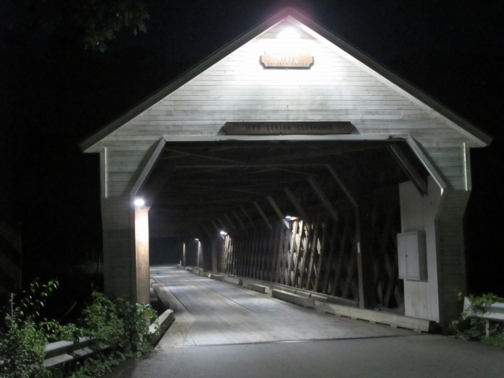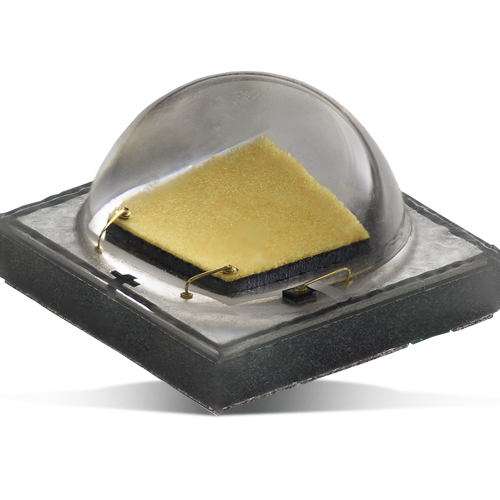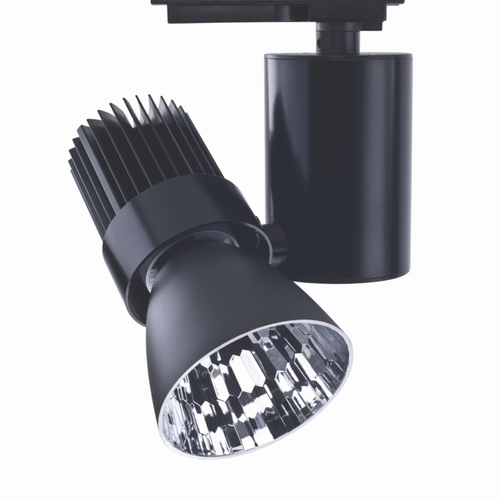
Image Credit: Alex Wilson
Image Credit: Alex Wilson Installing the new Philips Gardco 121 LINE Sconce fixtures, June 26, 2010.
Image Credit: Alex Wilson The Philips Gardco 121 LINI Sconce is attractive and provides approximately 73 lumens per watt--plus additional savings due to motion-sensor-controlled dimming.
Image Credit: Alex Wilson It's amazing that these high-pressure sodium light fixtures, removed from the bridge, produced any light at all.
Image Credit: Alex Wilson Master electrician Stan Howe orchestrated the relamping of the West Dummerston covered bridge as a community service to the town. Philips Gardco donated the fixtures.
Image Credit: Alex Wilson
One of Vermont’s longest and most treasured covered bridges now has the newest, most environmentally responsible lighting. This past weekend, the 267-foot West Dummerston Covered Bridge (the longest operating covered bridge fully within Vermont), built in 1872 by Caleb Lamsom and listed in the National Register of Historic Places, was fitted with state-of-the-art LED lighting.
Ten new fixtures replace very old high-pressure sodium (HPS) fixtures. Those of the older units that were still working at all (see photo of fixtures that were removed) had greatly reduced output and resulted in poor visibility in the bridge. While some people might have liked the dim, warm-yellow light that the aged HPS lights provided, the efficacy (lumens per watt) of that lighting was horrible. Despite the very low light output, each of the HPS fixtures was still using 100 watts of electricity as much as 17 hours per day. (Both old and new lights are controlled by a photosensor that turns them off when outside light levels are high enough.)
The new LED fixtures installed this past Saturday are 121 LINE Sconce fixtures made by Philips Gardco, a world leader in advanced outdoor lighting. LED stands for “light-emitting diode.” As described in a previous blog, LEDs have been around for a long time as indicator lights on electronic equipment, but they have only emerged as viable area lighting in the past ten years. It is a type of “solid-state” lighting that, unlike high-pressure sodium, metal halide, and fluorescent technologies, does not rely on mercury vapor to produce illumination–so there is no risk of mercury contamination with disposal or breakage.
LED lighting has advanced quickly, and these Philips Gardco fixtures, each with 30 individual LEDs, are the best yet for this type of application. Philips generously donated the fixtures to the Town of Dummerston, recognizing the opportunity to demonstrate the use of a state-of-the-art lighting product in a very photogenic, historic structure (my photos don’t do justice to the new lights).
Each of the Philips Gardco fixtures uses 50 watts of electricity and produces about 3,660 lumens of light, for an “efficacy” of about 73 lumens per watt. Beyond this simple measure of efficacy, the individual LEDs focus the light more precisely than HPS lights, so more light gets where it is needed.
In addition, these fixtures have motion sensors and advanced controls that reduce the light output (and energy use) by 90 percent after five minutes of inactivity. While the old HPS lights were on all night, the new LED lighting will default to very low energy use and light output during low-traffic times. (It may take some adjustment to prevent cars on nearby Route 30 from activating the higher light level.) And while the older bridge lighting did not illuminate the outside of the bridge at all, the new lighting design includes one downward-focused fixture at each gable-end (see photos).
A key feature of LEDs is the projected life. These LEDs are projected to retain 70% of light output for 50,000 to 75,000 hours.
The lighting retrofit of the West Dummerston bridge was led by Stan Howe, a local resident and master electrician who drives through the bridge many times per week, often at night, and had long observed the failing lights. He took it upon himself to not only propose new lighting, but also to figure out how to get it done. His employer, Entergy Vermont Yankee donated the funds for wiring and incidental expenses, and several of his coworkers volunteered their time for the project.
Stan had identified LED lighting as a good option for the bridge last fall and proposed the idea to the Dummerston Selectboard. The Selectboard got the town’s Energy Committee involved, and I contacted Nancy Clanton, P.E., of the lighting design firm Clanton & Associates in Boulder, Colorado for her input. David Roederer of her firm proposed the Philips Gardco product, which offered higher efficacy and a warmer color temperature than the LED fixture Stan had initially identified.
It’s too early to report on how much energy the new lights are saving, but other differences are very apparent. For starters, the light levels are significantly greater and the light quality shows off the beautiful bridge interior much better. Measured light levels in the bridge now average 2.2 footcandles—up from an average of 0.59 footcandles, based on detailed measurements Stan has taken. The new light levels may actually be somewhat lower than what they would have been when the high-pressure-sodium lights were first installed several decades ago (the output from HPS lights drops significantly over time), but light quality today is far better than what that new HPS would have provided.
I live in a 225-year-old home in West Dummerston (a little over a mile from the bridge) and historic structures are very important to me. But I also appreciate state-of-the-art, energy-saving technologies. It is exciting to see these two interests intersect in such an elegant way with the new lighting for Dummerston’s much-celebrated covered bridge.
BTW, for followers of this blog who aren’t already aware of it, for the past six months I’ve been writing another weekly blog on BuildingGreen.com: Alex’s Cool Product of the Week. This week’s product is an innovative water heater from A.O. Smith that combines features of both tankless and storage water heating. You can sign up to receive notices of these blogs by e-mail—on any BuildingGreen.com blog page enter your e-mail address in the upper right corner.
Alex Wilson is chair of the Dummerston Energy Committee, executive editor of Environmental Building News and founder of BuildingGreen, LLC. To keep up with his latest articles and musings, you can sign up for his Twitter feeds.
Weekly Newsletter
Get building science and energy efficiency advice, plus special offers, in your inbox.















One Comment
Solid State Lighting -merits
It won't be long till the incandescent ban makes stories like this trite and not newsworthy.
If its the 21st century let's use the appropriate lighting - As someone who's very involved
in the migration to SSL - I would hope discourse turns to intelligent SSL and its implications.
Log in or create an account to post a comment.
Sign up Log in